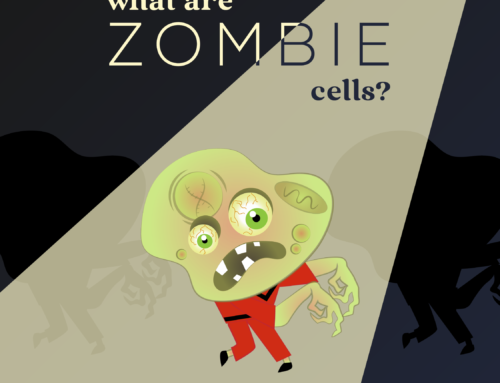A glowing sunburn, an uninvited breakout, uneven texture that just won’t budge—our skin reacts in many ways to tell us when something’s up. Even with the best of intentions to remedy things, we often forget our skin is a complex organ deserving of equally intricate ingredients to feed and replenish its strength every day.
Let’s take a look at what makes the skin, the skin and what it needs to stay resilient.
Our skin has three basic layers: hypodermis (deepest layer), dermis (second layer), and epidermis (the outer layer). The outermost layer is the stratum corneum—the part that could use some external help from us. It’s also the center of the corneotherapeutic philosophy that is dermavidualsⓇ skincare (more on that later).
In addition to regulating water loss and helping you sense the world through touch, this outer layer is your skin’s barrier—the structure that protects you from all the irritants of the outside world like UV rays, pollution, water loss, and allergens.
These layers live together in a structure often compared to a brick-and-mortar wall. The bricks are corneocytes (dried out skin cells that are ready to shed). These cells carry what is called the Natural Moisturizing Factor (NMF) on the inside and special proteins that connect cells together on the outside, creating a harmonious brick pattern that contributes to the mechanical strength, moisture and elasticity in your skin.

A look at the brick-and-mortar concept
The mortar is made of specialized lipids—ceramide, cholesterol and fatty acids to be exact. They are packed tightly to create the lipid “mortar,” or the main barrier to water loss in your skin. It also contains natural antibiotic, which becomes part of the immune barrier. This brilliant architecture determines the effectiveness of this protective layer of your skin. Skin with a healthy barrier looks, feels and functions best.
The outer layer can “talk” to the rest of your skin to cue homeostasis (healthy balance) or a bad reaction
When the skin begins to lose water, it sends a signal down to the underlying layers of the skin to cue a response and influence the regenerative process. Think of it like a submarine just below the water with a periscope peeping above to patrol what’s happening on the surface.
That outer layer, or the stratum corneum, is sending key surface info below—relaying everything from the humidity levels to UV rays to allergens to the bacteria that’s sitting on the skin. Every layer of the epidermis is working together to react appropriately to your environment.
This “cell-to-cell” communication reminds us that your skin is an amazing, talking organ and once we heal and strengthen that outer layer, it can tell the inner layers everything is OK (and subsequently, to remain brilliant and beautiful).
If your skin barrier is damaged in any way, however, this brick-and mortar wall is keen to crumble and become uneven.
This means the skin will, in turn, look damaged too (think red, inflamed, flaky skin). The barrier will also be weaker, allowing environmental irritants and allergens to penetrate the deeper layers. A very damaged outer layer can have trouble repairing itself at all, leading to problems like dermatitis, rosacea, pigmentation and premature aging.
Now you may be thinking: I’m not trying to damage my skin barrier, so how is it happening? It may be because your barrier is unable to defend itself against the environment or blue light, as mentioned, especially if you live in a polluted and populated area such as New York city. It may be age. It could also be over-exfoliation and over-peeling—over-care, to put it simply—removing the special lipid bilayers and natural moisturizing factors. But truly only a licensed skin care professional with expertise in corneotherapy can find the root cause of your skin damage.
Either way, when your skin has signaled stress, it’s time to start a daily regimen that strengthens the surface layer.
Dermaviduals believes brilliant skin begins at the barrier and has the patented technology to back it up. DMS, Derma Membrane Structure, is the principal ingredient powering the skincare line that mimics both the composition and structure of the outermost layer of your skin. By using products that contain DMS, you’ll maintain a natural, protective skin barrier that is able to hold its natural hydration and remain resilient.
Then, when your skin is healed and ready to accept nutrients it needs, you start going down into the deeper layers of the skin with active ingredients added to the DMS base cream—inviting wondrous homeostasis to your entire skin.
If skin health is important to you, dermaviduals carries 16 distinctive creams—each powered by incredibly effective DMS technology. For licensed skin experts in the New York State area, get in touch to see what we can do for you!




